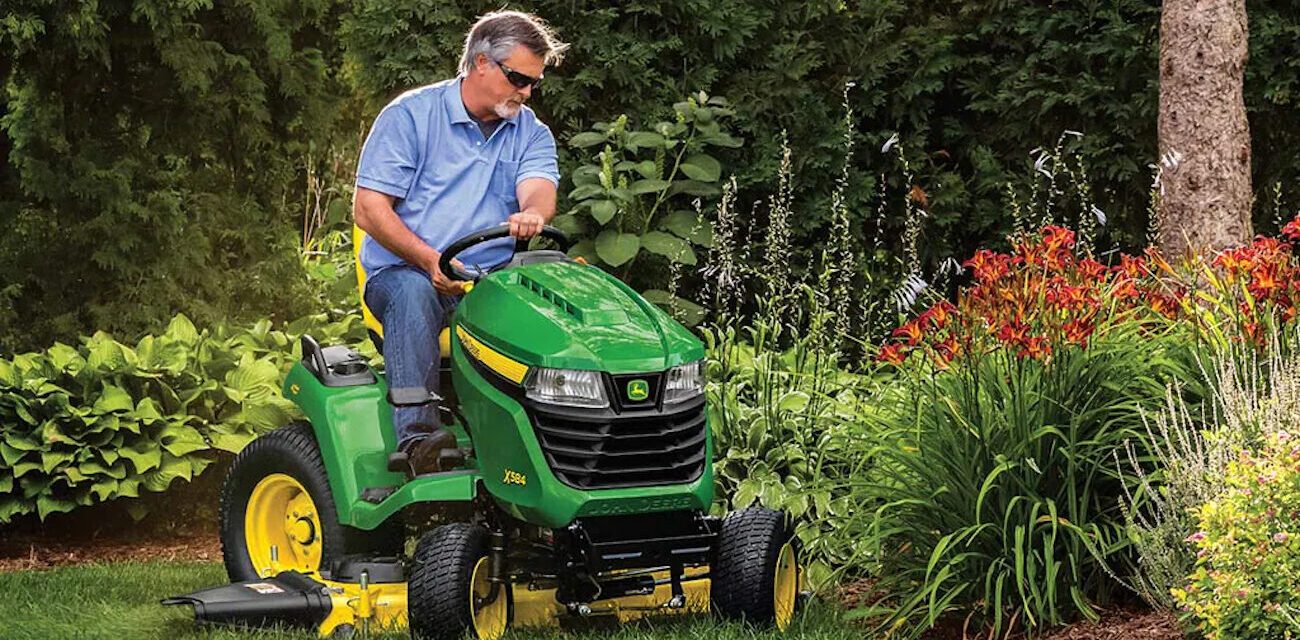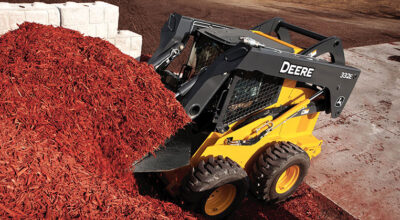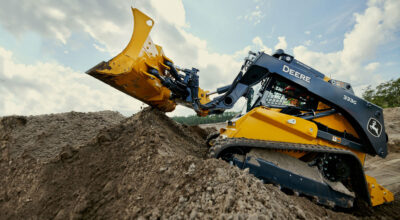While sustainable agriculture has been a topic of interest for some time now, this concept has also spread into the world of landscaping. Since landscaping can sometimes have a negative impact on soil, water, and the air, considering how to sustain these resources can really make a difference over time. Let’s take a look at what sustainable landscaping looks like and how it can impact your footprint.
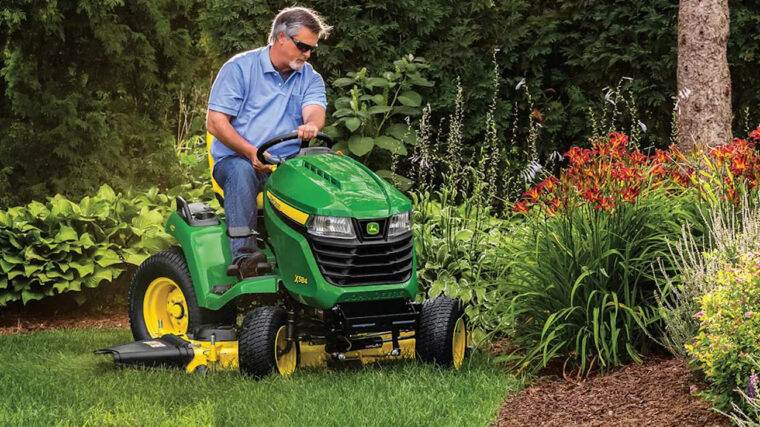
Thinking About Your Landscape’s Environmental Footprint
Modern landscape design usually looks nice but isn’t necessarily suited to local climates. For this reason, they need extra watering, as well as additional fertilizers and pesticides to allow them to not only survive but thrive. All the maintenance needed for this type of venture can add up – not only for your wallet but also for the environment. Let’s uncover a way to landscape your yard that is low-maintenance as well as Mother Nature-approved.
What is Sustainable Landscaping?
Sustainable landscaping can be used to beautify your home while also letting local nature thrive. Sustainable landscapes are purposefully designed to look amazing in local temperatures, while also working with the normal rainfall and weather patterns. A great sustainable landscape works alongside nature, not against it, and grows well with little to no human help. Reducing the number of resources needed to keep up your landscaping can create an outdoor area that is not only beautiful but eco-friendly.
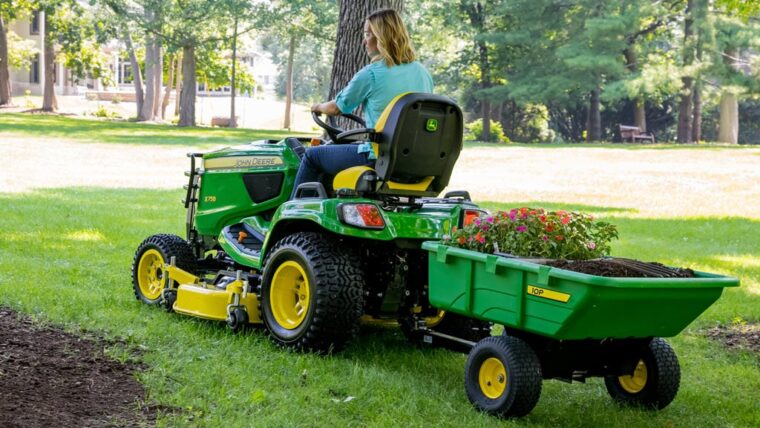
What are the Benefits of Sustainable Landscaping?
While sustainable landscaping is an eco-friendly way to landscape that also makes your life so much easier, what are some additional benefits of sustainable landscaping? Let’s dive in.
Cost-Effectiveness
As the name suggests, landscapes that are deemed “sustainable” are self-sustaining. This means they actually need significantly less tending than traditional landscapes, which saves you time and money in the long run.
Fewer Pesticides
When you use native plants, as well as trees that have their own defenses against pests, your sustainable landscapes will not need any harsh pesticides to survive.
Less Watering
Creating a sustainable landscape at your home allows you to put down your watering can. These types of landscapes are great because they need very little extra watering due to having designs that keep local rain levels in mind.
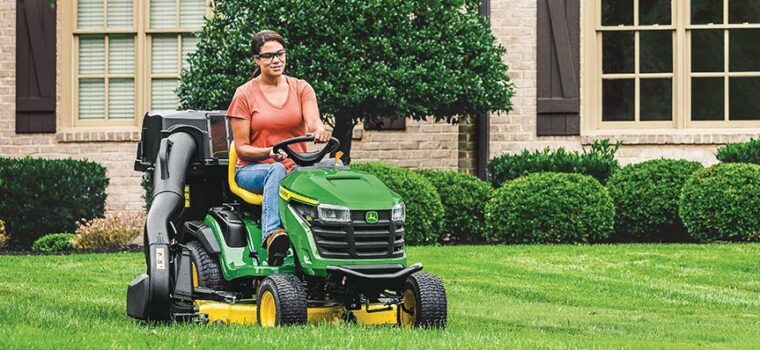
The Main Principles of Sustainable Landscaping
Now that we know what sustainable landscaping is, you’ll next want to think about what features actually make this idea a reality.
Treat Water as a Resource
Demand for water is now at a high, while rainwater is treated as waste. It’s allowed to flow into gutters and sewers, and not put to use. Using a sustainable landscaping approach, rainwater would instead be treated as a valuable resource. By utilizing good design principles and choosing the right plants, irrigation can be reduced.
Value Your Soil
It’s more than likely that your garden’s soil is compacted. Compacted soil can lead to problems like restricted plant growth, as well as erosion, runoff, and flooding. Runoff caused by compacted soils is, unfortunately, one of the main sources of water pollution.
Preserve Existing Plants
Homeowners usually want to remove all plants from their property when beginning the landscaping process, so they can start with a clean slate. Oftentimes this harms the land because it disrupts natural processes that occur in the yard. Utilizing the sustainable landscaping approach of assessing the existing plant material and preserving native plants allows for reduced waste. While invasive or non-native plants should be removed and replaced, native plants should be preserved if at all possible.
Conserve Material Resources
Many hardscape materials that are used are energy-intensive and transported hundreds of miles. Sustainable landscaping approaches suggest the best way to counteract this is by reducing yard waste via selecting appropriately sized plants, as well as reusing and recycling any construction waste. Your building materials should be carefully selected, and you should use locally sourced materials whenever possible.
Ecological Sustainability
An environment, no matter whether it is planted or natural, should be able to sustain itself with a minimal amount of care. One should strive to create beauty in the landscape while creating the lowest possible impact on the natural environment. This may involve utilizing or mimicking some of the local landforms, such as hills.
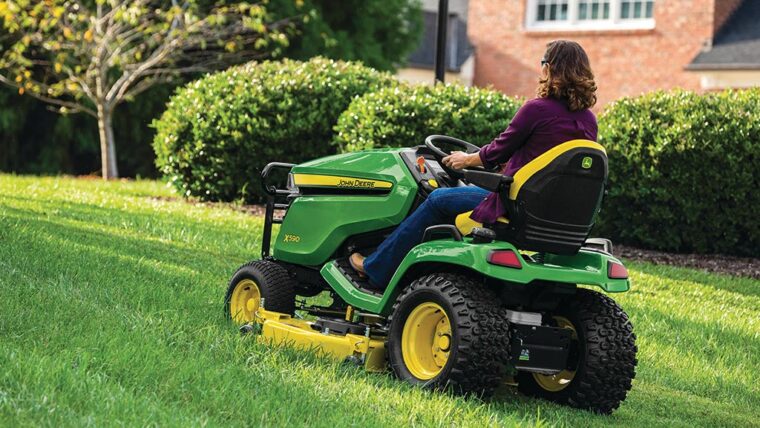
Ideas for Planning a Sustainable Landscape
Now that we understand the building blocks of sustainable landscaping and the general guidelines for this kind of landscaping, let’s explore some ideas that may help you kickstart your sustainable landscaping project.
Get Rid of Problem Plants
Problem plants occur in every landscape. If you have a lot of plants that need an excessive amount of nurturing, it may mean they are not quite right for your climate. Instead, think about replacing them with plants that will work better with local weather patterns.
Use Native Plants & Trees
Native plants usually need less water than a foreign species since they are used to local rain levels. They have also developed strong defenses to local pests and diseases and can tend to attract helpful neighbors such as butterflies and bees, who will keep your flowers alive and well.
Beware of Invasive Species
While not all non-native plants are harmful, some can disrupt the balance of your landscape. These types of plants are called invasive species. They grow aggressively and can push out local plants and pollinators, which upsets the entire ecosystem.
Rain Harvesting Station
Another way you can conserve water is by including a rain harvesting station in your landscape design. You can achieve this by buying a rain barrel that matches your landscape, or by disguising your rain barrel station with beautiful stones and plants.
Rock Garden
Rock gardens are popular in xeriscapes, however, you don’t need to have a xeriscape in order to enjoy a rock garden. These types of gardens usually contain carefully placed rocks and plants that are resistant to drought.
Solar-Powered Landscape Lighting
When the sun goes down at night, why would you want to let your new sustainable landscape go unnoticed? You can light up the area to accentuate your home’s architecture. Your landscape will shine in a whole new light too.
Vertical Garden
Having a small yard shouldn’t stop you from wanting a garden. Consider growing your plants in a vertical garden. These gardens help to save space, clean the air we breathe, and are becoming sustainable additions to bustling cities.
Create Layers to Reduce Pests
Layering creates sustainable landscaping and mimics natural plant growth – providing a lush environment for nature’s pest control: birds. Provide various shrubs, trees, and other plants for them to call home in order to invite them in.
Pay Attention to Tree Sizes
Trimming trees regularly can be costly and usually requires power tools. These power tools usually run on gas or electricity. Choosing trees and shrubs that will fit in at their tallest without extra pruning is a good idea in the long run.
Permeable Hardscapes
While they might be green, lawns are not always eco-friendly. Many turfgrasses are non-native plants, meaning they need fertilizers and pesticides in order to thrive. That’s why homeowners are looking to downsize their lawns and convert them to hardscapes.
Xeriscaping
A xeriscape is a landscape purposely built to require little or no water. That does not mean you should turn your landscape into a barren desert, however, you should take a look at what thrives at your local levels of rainfall.
Machines to Use for Sustainable Landscaping
Sustainable landscapes may be hard to implement by yourself, however, using a few tools can help make the job easier. Let’s take a look at some of the machines you can use to help.
TE 4×2 Gator
Commonly known as the TE 4×2 Gator, this John Deere electric UTV is powered by a 48-V electrical system. It includes a number of features that are designed to make work in your yard or in other parts of the outdoors a breeze. Since this vehicle is electric, you can save money, as well as maintain a level of sustainability.
Gator TX Turf
The TX Turf is designed to have a pick-up truck-style tailgate – allowing loads that exceed certain measurements to be hauled without the risk of falling out. They also have removable side panels to give operators the opportunity of carrying materials on a flatbed.
Final Thoughts
In addition to helping homeowners enjoy the benefits of sustainable landscapes, John Deere has also worked towards more sustainable outcomes. In their 2020 Sustainability Report, John Deere reduced its greenhouse gas emissions by 19% since 2017, and also recycled 78% of its waste.
If you have any questions about John Deere landscaping equipment, you can contact your local John Deere dealer.
If you enjoyed this post or want to read others, feel free to connect with us on Facebook, Pinterest, Twitter, or Instagram!
